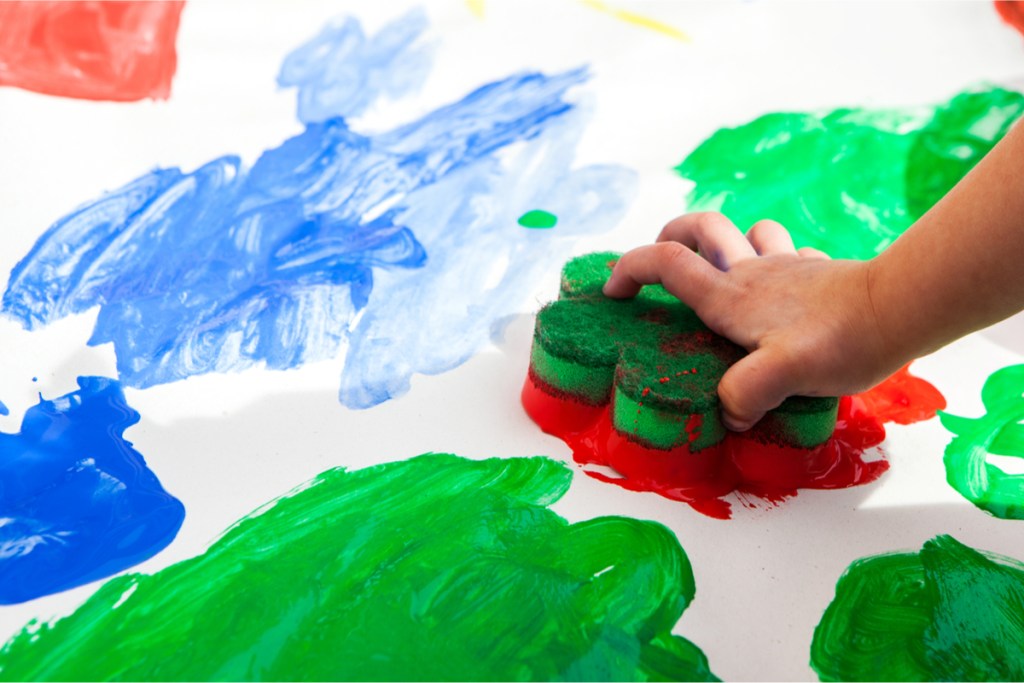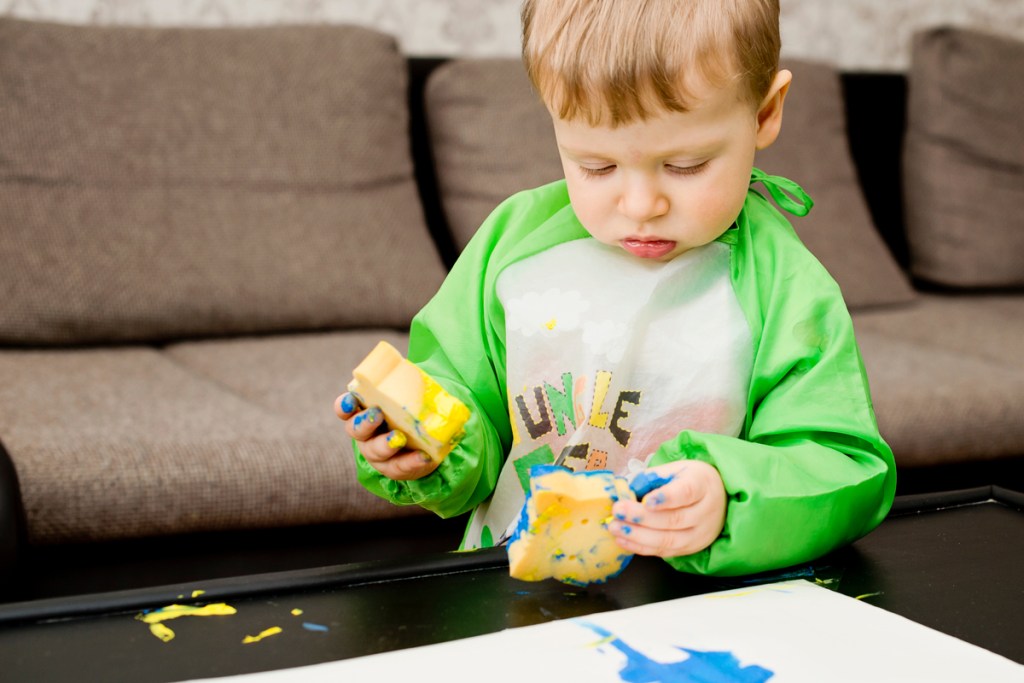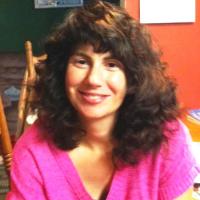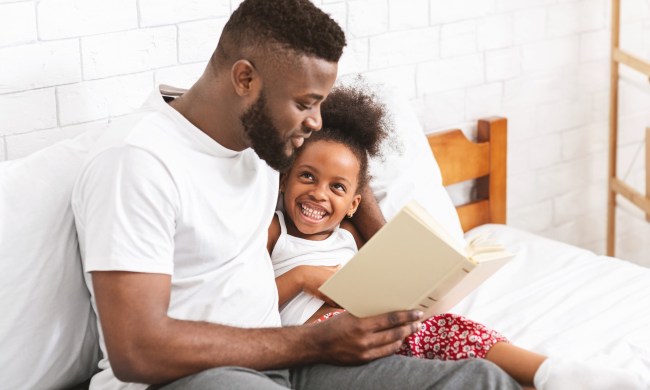
The best way for parents to give kids a leg up in education is to incorporate the arts into their daily lives even when the kiddos are young. Studies show children who actively participate in art activities are far more likely to achieve academically than those who don't. The reason why is that artistic activities have quite a few cognitive and emotional benefits for kids.
Activities like coloring, drawing, and painting help young children develop those all-important fine motor skills in their hands and fingers. They use these fine motor skills for many things, from buttoning and zippering to texting on smartphones. Art activities stimulate the imagination while enhancing cognitive and critical thinking, as well as language, and math skills. On an emotional level, these activities help relieve stress while boosting confidence and self-esteem. So put away those flashcards and get out the paint. You don't even need brushes and an easel to create a masterpiece. With a sponge, paper, and a little imagination, sponge painting can get those artistic juices bubbling.

Sponge painting
Sponge painting is an activity used often in preschool and kindergarten. The best part of this fun activity is that you can't be too young or too old to sponge paint. Adults have even utilized the technique for home decorating projects. Kids of all ages enjoy sponge painting because it’s a little more unconventional than a traditional paintbrush and easel.

How to sponge paint
The activity allows for more artistic experimentation than conventional painting. Sponge painting is also relatively inexpensive. Sure, sponges in all kinds of fun shapes and cutouts are available online and in craft stores, but if you want to reuse what you already have at home all you really need is to cut up old sponges into different pieces.
Step 1: Set up an area
Before the kids sit down to sponge paint, be sure to clear an area and lay down some newspaper or a disposable tablecloth. If the weather permits, sponge painting is a wonderful outdoor activity. Have baby wipes on hand for kids to clean their hands prior to heading to the sink. Sponge painters should wear old clothes or a smock if possible.
Step 2: Get the paint ready
Parents and teachers know spills are imminent when kids sit down to paint, often because of those water cups that always seem to tip at the most inopportune moments. With sponge painting, water isn’t needed. You can clean the sponges once all the kids are done. Reuse the sponges after a good wash or toss.
Step 3: Prepare your sponges
You can cut up old sponges in different shapes and designs, and even incorporate seasonal options. If you don't have any household sponges handy you can buy them at most craft stores or online.
Step 4: Give kids options
For kids who don't like to get their hands too dirty, attach a clothespin to each sponge. Kids can hold the clothespins while painting instead of grabbing the sponge. Sponge painting tools with handles and sponges attached to the ends are available online.
Step 5: Provide the canvas
Kids can sponge paint on any type of paper, but finger paint paper works best.
Step 6: Choose the paint
Tempera or poster paints are ideal for sponge painting, but make sure the paints are washable and nontoxic. Sponge painting paints come in an array of colors and types, including basic, neon, metallic, and even glitter. For easy cleanup, put the paint on paper plates or bowls within easy reach of the kiddos. Keep the sponges for particular colors. For kids who love mixing up colors, set aside paper plates or bowls and sponges for them to experiment with colors.
Step 7: Let their creativity fly
Like finger painting, sponge painting is pretty straightforward. Kids grab a sponge and start making prints on their paper. Some kids try to create a scene or picture while others prefer dotting with the sponges to make an eclectic design. Anything goes with sponge painting, as long as kids stay on the paper, and that’s most certainly part of the fun.

Sponge painting for teens and adults
The benefits of sponge painting don’t end when kids reach a certain age. Artistic endeavors like sponge painting have benefits for tweens, teens, and adults, too. Sponge painting rooms became a home decorating thing in the 80s and have never really fallen off. Just like sponge painting on paper, sponge painting walls are less restrictive than traditional brush painting and achieve an off-beat, textured look.

Other things kids can paint with
The artistic imagination should never go into a box, which is why the arts have such a positive impact on a child’s development and the overall well-being of adults. Of course, painting with brushes is fun, but painting with nontraditional items like sponges is imaginative in its own right. Here are some other household things kids can use to experiment with painting:
- Q-tips
- Bubble wrap
- Combs
- Cookie cutters
- Empty paper towel rolls
Closing thoughts on sponge painting
Albert Einstein said, “Imagination is more important than knowledge. Knowledge is limited. Imagination encircles the world.” Art is an important component in a child’s development because artistic endeavors not only stimulate the imagination, but taking part in art, especially as a young child, helps develop fine motor, cognitive, critical thinking, language, and math skills.
Artistic activities like sponge painting are wonderful for children of all ages to take part in. Sponge painting is a fun activity that really gets the creative juices flowing. It’s relatively inexpensive, easy to set up, and not just beneficial for little ones.



